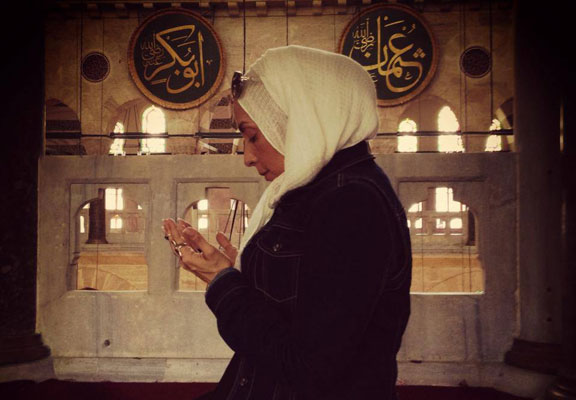Interviews with Supreme Court justices are rare. But tonight even more so because in 223 years, there has never been a justice like Sonia Sotomayor.
Among other things, she's the first Hispanic on the Court, she's the daughter of Puerto Rican immigrants who settled in the Bronx -- that New York melting pot that pours out streetwise kids and American success stories.
Sotomayor, now 58 years old, calls the streets of her childhood, "My Beloved World," and that's the name of her new memoir. In her first broadcast interview, she told us that the neighborhood gave a poor girl, with a serious illness, a chance to serve and an opportunity to become one of the most powerful women in America.
Scott Pelley: This is where you grew up?
Sonia Sotomayor: In a public housing project. I lived in this one on the corner. Hold on.
Sonia Sotomayor (in Spanish): Hello. How are you?
Neighbor: Welcome to your old neighborhood.
Sonia Sotomayor (in Spanish): Thank you.]
You could believe she never left. They remember and she's never forgotten. Seems the only difference is the security detail which she really never needed in the Bronx.
Scott Pelley: You know, your brother told us that more than once in this neighborhood he got beaten up.
Sonia Sotomayor: Yep. And more than once I beat up the person who beat him up.
Scott Pelley: You stood up for your brother.
Sonia Sotomayor: Oh, you asked me the other day if I was a tough cookie, and---
A tough cookie who never crumbled at a setback.
Sonia Sotomayor: I am the most obstinate person you will ever meet. I have a streak of stubbornness in me that I think is what has accounted for some of my success in life. There is some personal need to persevere, to fight the fight. And if you just try and be stubborn about trying you can do what you set your mind to.
Sonia Sotomayor set her mind to being a judge at the age of 10. And three presidents agreed. Appointed to a federal court by the first George Bush, she was promoted to the Appeals Court by Bill Clinton. And in 2009 selected for the Supreme Court by President Obama.
Scott Pelley: Your first day working here: terrifying?
Sonia Sotomayor: Overwhelmingly terrifying. I was so anxiety ridden. I was so nervous that day that my knees knocked. And I thought everybody in the courtroom could hear them knocking.
Scott Pelley: Well, come on. You'd been a federal judge for more than 15 years at that point.
Sonia Sotomayor: I had not been a Supreme Court justice. It's a very different stage.
On this stage she's one of the most vocal questioners. And her vote most often falls on the liberal side. She helped uphold the Health Care Act and strike down tough illegal immigration statues. Back in the Bronx as a girl, she set her heart on being a cop --inspired by Nancy Drew novels and TV. But by the age of 8, the plot of her life was rewritten by diabetes.
Scott Pelley: The doctors told you because of your Type 1 diabetes--
Sonia Sotomayor: --Type 1 diabetes. At any rate--
Scott Pelley: --you couldn't be a cop.
Sonia Sotomayor: Yes, I couldn't be a cop. I figured out very quickly, watching "Perry Mason," that I could do some of the same things by being a lawyer.
[Perry Mason: Objection]
Scott Pelley: So, we are sitting in the Supreme Court today because you read "Nancy Drew" and watched "Perry Mason" on TV? CBS 60 Minute Interview (12:00 minute video)



















